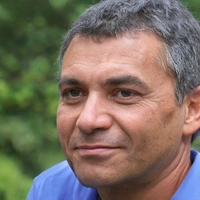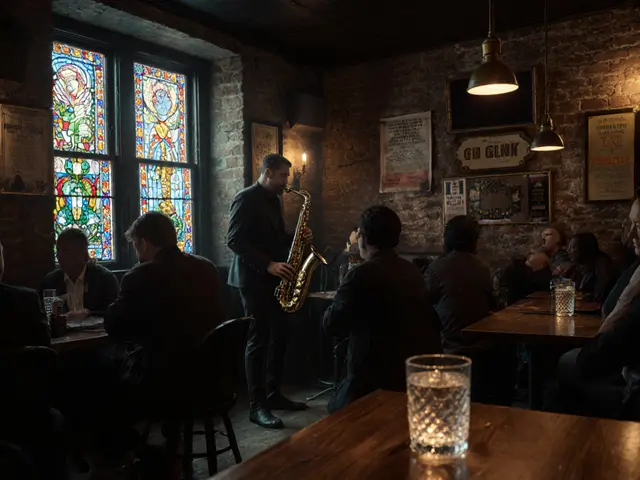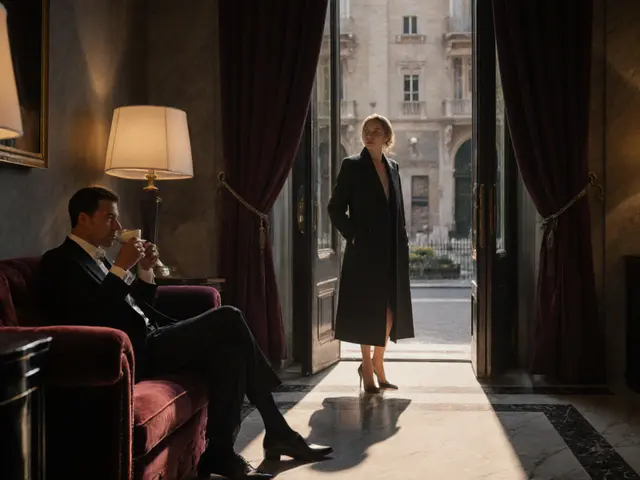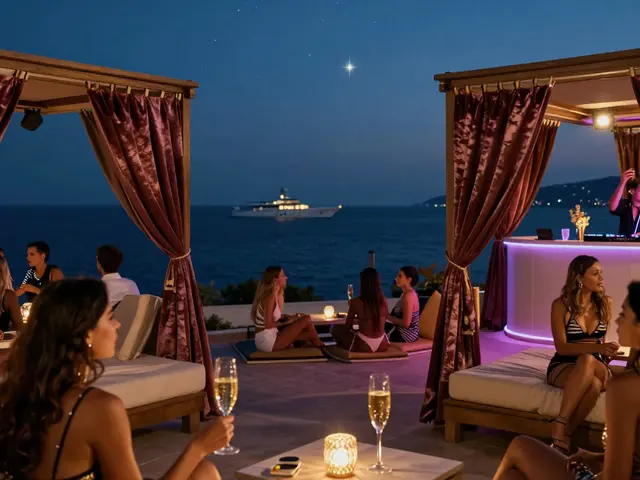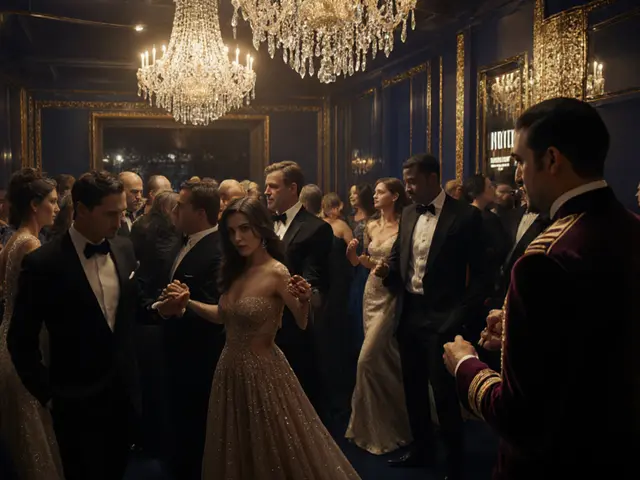London doesn’t just have nightlife-it has nightlife with depth. If you’re the kind of person who wants more than just loud music and overpriced cocktails, you’re in the right place. The city’s cultural soul doesn’t shut down at midnight. Instead, it shifts venues, turns up the volume on jazz, whispers poetry in dimly lit corners, and turns old warehouses into impromptu galleries. This isn’t the London of club queues and VIP ropes. This is the London where history, art, and sound collide after dark.
Where Jazz Lives Beyond the Stage
Don’t go to a club expecting EDM drops. Go to Vortex Jazz Club in Brixton-a converted 1920s cinema with stained glass windows and a sound system that makes every saxophone note feel personal. It’s not flashy. No neon. No dress code. Just a small stage, a few wooden tables, and a crowd that listens. You’ll hear emerging UK jazz musicians alongside legends like Courtney Pine or Shabaka Hutchings. Tickets start at £12, and the bar serves real gin, not syrupy pre-mixed cocktails. This isn’t background noise-it’s the soundtrack of London’s underground creative scene.
For something even more intimate, head to The Pheasantry in Chelsea. Once a poet’s haunt in the 1960s, it’s now a multi-room venue where poetry slams, experimental theatre, and live jazz bleed into each other. On Tuesday nights, you might catch a spoken word performance followed by a piano trio playing Miles Davis covers. The walls still have old graffiti from the 1970s. You’ll leave with a notebook full of lines you didn’t expect to hear.
Bookshops That Stay Open Late
Most people think of bookshops as quiet, daytime places. But in London, some stay open until 1 a.m. Foyles on Charing Cross Road isn’t just a bookstore-it’s a cultural hub. On Thursday nights, they host readings by indie authors, poetry circles, and book clubs that double as social gatherings. You can grab a glass of wine from their in-house bar, sit by the window, and listen to a debut novelist read from their first book. No tickets needed. Just show up. The crowd? Writers, students, retirees, and tourists who actually read.
Down in Peckham, Rye Lane Bookshop does something even rarer: they host film nights after closing. You’ll find a curated selection of foreign arthouse films projected onto the back wall, with free tea and biscuits. No ads. No corporate sponsors. Just a small group of people watching a 1967 Polish drama or a Senegalese documentary, followed by a 15-minute discussion led by a local film student.
Theatre That Doesn’t End at 10 PM
West End shows are great, but they’re expensive and packed with tourists. For something more raw, go to The Gate Theatre in Notting Hill. They run late-night performances-sometimes starting at 11 p.m.-of experimental plays that wouldn’t survive on Broadway. Last month, a one-person show about grief told through silent film clips and live cello music sold out for three weeks. Tickets are £15. You’ll sit on folding chairs, maybe next to a theatre professor from Goldsmiths or a retired stage manager who’s seen everything.
Also worth a visit: The Old Red Lion in Islington. It’s a tiny pub with a stage tucked behind the bar. Every Friday, they stage new plays written by emerging playwrights. The audience is often the same people who came the week before. You’ll hear dialogue that feels like it was pulled from real London conversations-about rent, loneliness, immigration, or the quiet joy of finding a perfect cup of coffee. After the show, you can buy the script for £5 and talk to the writer over a pint.
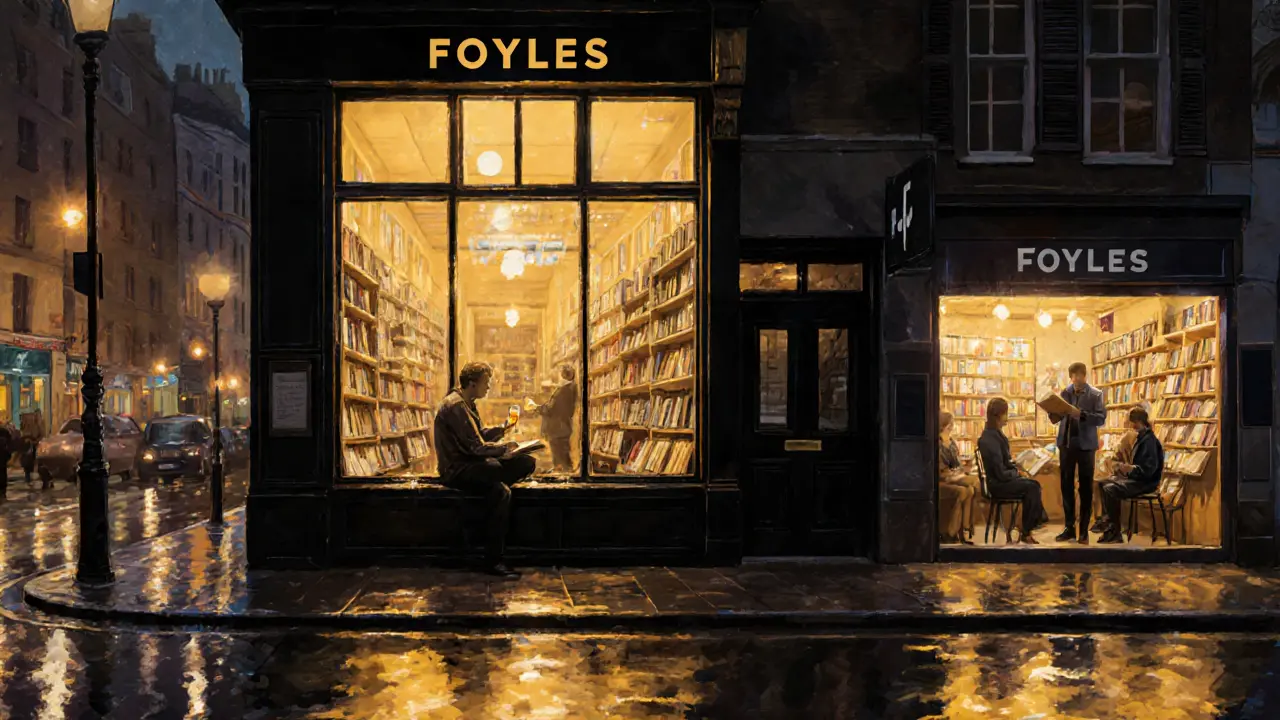
Art Galleries That Turn Into Bars
London’s art scene doesn’t just live in white-walled museums. Some of the most exciting work happens in places you wouldn’t expect. The Approach in East London is a gallery that turns into a bar every Friday night. You walk in, see a new installation of mixed-media collages made from old newspaper clippings, and then grab a beer from the counter next to it. The curator often hangs around, talking to visitors about the artist’s process. No velvet ropes. No security guards shushing you. Just art you can touch (gently), drink next to, and discuss.
Over in Hackney, The Horse Hospital is a 19th-century horse clinic turned experimental art space. On weekends, they host midnight screenings of underground films, live electronic music set to projected abstract visuals, and performance art that blurs the line between audience and participant. You might end up standing next to someone who helped design the lighting for a David Bowie tour. No one introduces themselves. You just nod, sip your cider, and watch something you’ve never seen before.
Pubs That Double as Archives
Some of London’s best cultural nights happen in pubs that feel like time capsules. The Cross Keys in Camden has a wall covered in handwritten letters from sailors who passed through in the 1800s. Every third Thursday, they host a "Letter Reading Night"-where volunteers read aloud letters found in the building’s attic. You’ll hear love notes, war accounts, and one from a woman who left her husband to become a circus performer in 1892. Beer is £4.50. The air smells like old wood and tobacco.
Another gem: The Lamb in Lambeth. It’s one of the oldest pubs in London, dating back to 1760. They have a collection of 200+ vinyl records from the 1950s and 60s-jazz, blues, and early rock-that they play on a vintage turntable every Sunday night. No playlist. No DJ. Just the owner flipping through boxes and playing what he feels like. People sit on stools, listen, and sometimes sing along. You won’t find this on Instagram. But you’ll remember it for years.
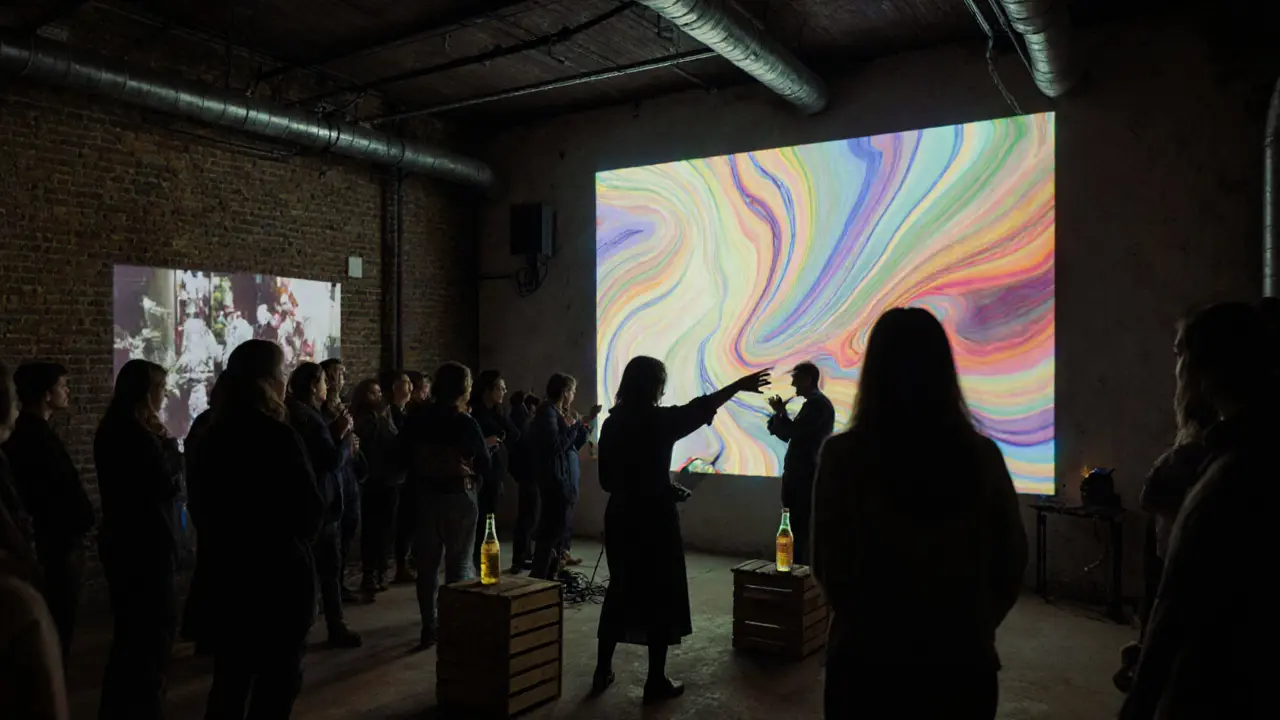
What to Avoid
Not every place with a piano or a bookshelf counts as cultural. Skip the "artisan cocktail bars" with DJs spinning lo-fi beats and menus written in cursive. They’re designed for photos, not conversation. Avoid venues that charge £20 for a gin and tonic and expect you to dance on a table. Real culture doesn’t need a hashtag.
Also skip the tourist traps near Leicester Square. They have "live music"-but it’s a cover band playing Queen songs for the 500th time that week. You’ll pay £18 for a pint and leave feeling empty. London’s cultural nightlife thrives in the margins, not the spotlight.
How to Find More
Don’t rely on apps like Time Out or Instagram. Instead, check:
- The London Review of Books Events Calendar - literary talks, poetry readings, author interviews
- BFI Southbank - late-night film screenings with Q&As from directors
- Southbank Centre’s Late at the Centre - free music, art, and performance events every third Friday
- London Jazz Festival - held every November, with pop-up gigs in libraries, laundrettes, and underground car parks
Follow local artists on Twitter or Instagram. Many announce pop-ups 24 hours in advance. A poetry night in a laundromat? A jazz trio in a disused phone booth? That’s London.
Final Tip: Go Alone
Culture isn’t about who you’re with. It’s about what you notice. Go alone. Sit at the bar. Listen. Talk to the person next to you. Ask them why they came. You’ll hear stories no guidebook will ever write.
Is London nightlife safe for solo visitors at night?
Yes, especially in cultural areas like Brixton, Hackney, and Islington. These neighborhoods are well-lit, walkable, and have a strong sense of community. Avoid isolated side streets after midnight, but the main cultural venues are busy and monitored. London’s Night Tube runs Friday and Saturday nights, making it easy to get home. Many venues have staff who stay until the last guest leaves.
Do I need to book tickets for cultural nightlife events?
Some do, many don’t. Places like Vortex Jazz Club or The Gate Theatre require advance tickets, usually £10-£20. But bookshops, pubs like The Lamb, and pop-up galleries often operate on a first-come, first-served basis. If you’re unsure, check their website or call ahead. Many events are free or have a "pay what you can" option.
What’s the best time to go out for cultural nightlife in London?
Start around 8 p.m. for dinner or a book event, then move to live music or theatre by 10 p.m. Most cultural venues stay open until 1 a.m., with some (like The Horse Hospital) running until 2 a.m. on weekends. Friday and Saturday nights are busiest, but Tuesday and Wednesday nights often have the most intimate, less crowded events.
Are these venues expensive?
Not compared to tourist spots. A pint at The Cross Keys is £4.50. A jazz set at Vortex is £12. A poetry night at Foyles is free. Even theatre tickets at The Old Red Lion are £15. You can have a full cultural night out for under £30, including food and drink. The real cost is your time-and that’s the best investment.
What should I wear?
Comfortable clothes. No one cares if you’re dressed up. At Vortex, you’ll see people in suits, hoodies, and dresses-all equally welcome. At The Lamb, it’s jeans and boots. The only rule: don’t wear shoes that make noise on wooden floors. And leave the designer bags at home. Most places are too small for them anyway.
